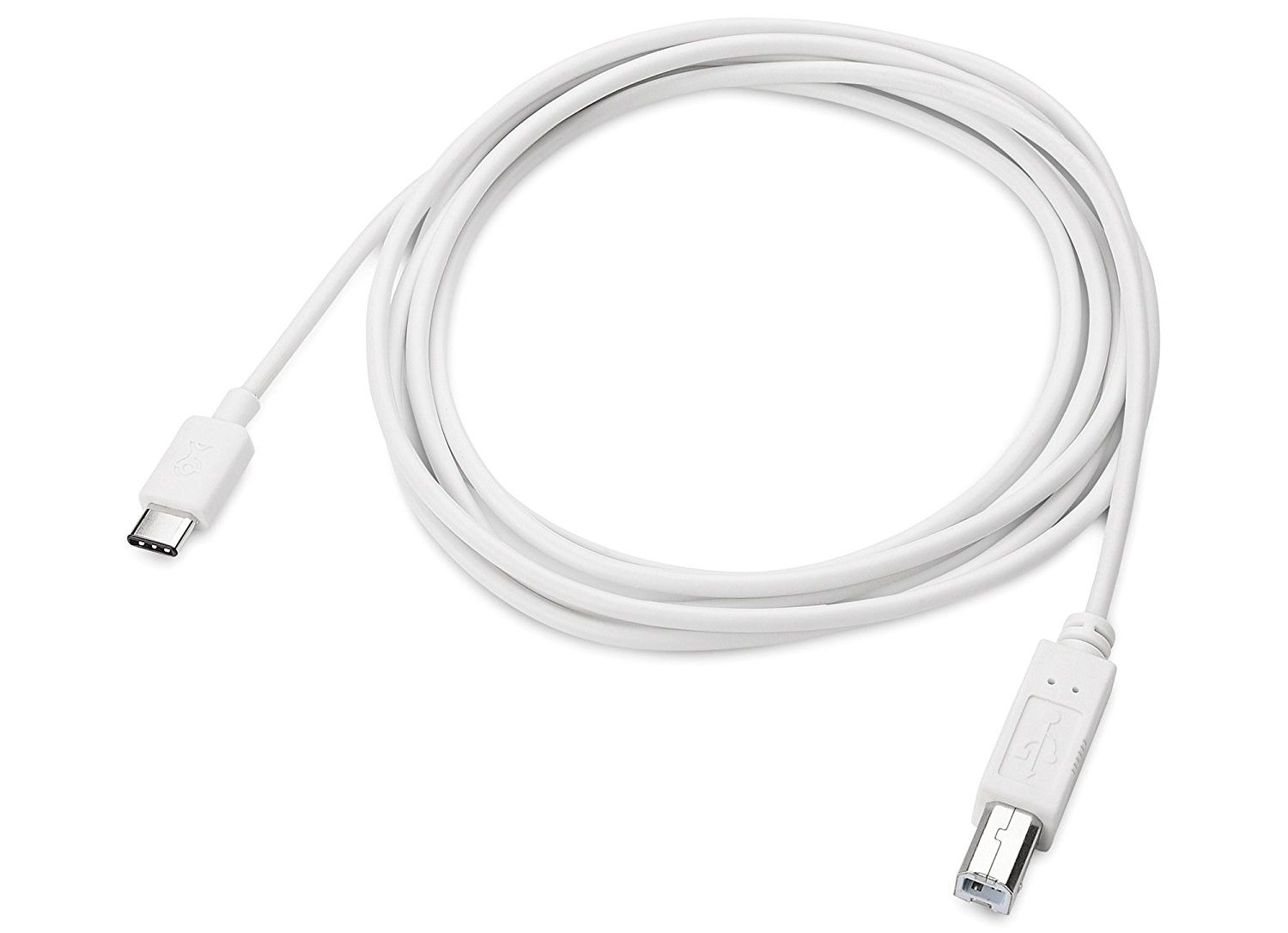

The wiring is the same, so you don’t necessarily need a Thunderbolt-specific cable, but with standard cable the speed will drop off over longer distances.

If you want to use the cable with Thunderbolt accessories, you’ll want to make sure it is compatible. This uses the same physical connectors as USB-C cables, but is a different – and faster – protocol. There is, though, one last complication: Thunderbolt. This includes the charge cables Apple supplies inside product boxes. Unless you want a cable only for charging purposes, beware of cables labelled ‘charge cable’ as that’s an immediate giveaway that they don’t support data transfer. The safest bet is to specifically look for USB 3.1 Gen 2. Some also use SS and a 10 to indicate 10GBps, instead of SS+, like the one above.įor that reason, it’s best to use the third method: look for the USB generation label, and make sure it’s USB 3.1 Gen 2, which supports 10Gbps (in contrast with USB 3.1 which is limited to 5Gbps). Just to complicate matters, you may also see USB 3.0 and USB 3.1 (with no generation suffix): these are older labels for USB 3.1 Gen 1 and Gen 2. However, not all cables use the full logo, and may not distinguish between the older SS and newer SS+ labels. Second, look for the SuperSpeed+ (SS+) logo. Amazon Basics are another brand which adhere to the standards, and are significantly cheaper. Apple is an obvious one, but buying a trustworthy brand doesn’t necessarily mean paying Apple prices for your cables. The first, and simplest, approach is to stick to reputable brands you can trust to adhere to the standards. So, how do you ensure you’re buying a cable which is safe, supports data, and offers the full transfer speeds on offer? There are three methods you can use. A compliant cable has a resistor to limit the current draw.īut the data and speed problems apply equally to MacBooks with USB-C ports. That can damage both the device you’re charging and your MacBook. USB-C devices can draw significantly more power, so if you use a USB-A port to charge a USB-C device, then a non-compliant cable can draw more power than the port is designed to handle. Those were designed with a maximum current draw as part of the spec.


That latter problem is specific to older MacBooks, with a USB-A port. And yet others can draw too much power, which can not only damage any device you’re charging it with, but could even damage the USB port in your MacBook. Some non-compliant cables simply won’t offer the full data speeds they promise. More worryingly, many cables being sold as USB-C don’t fully conform to that standard – and that can be seriously bad news … In practice, there are different versions of the standard. In theory, all USB-C cables should be the same: that’s the whole point of having a standard.


 0 kommentar(er)
0 kommentar(er)
